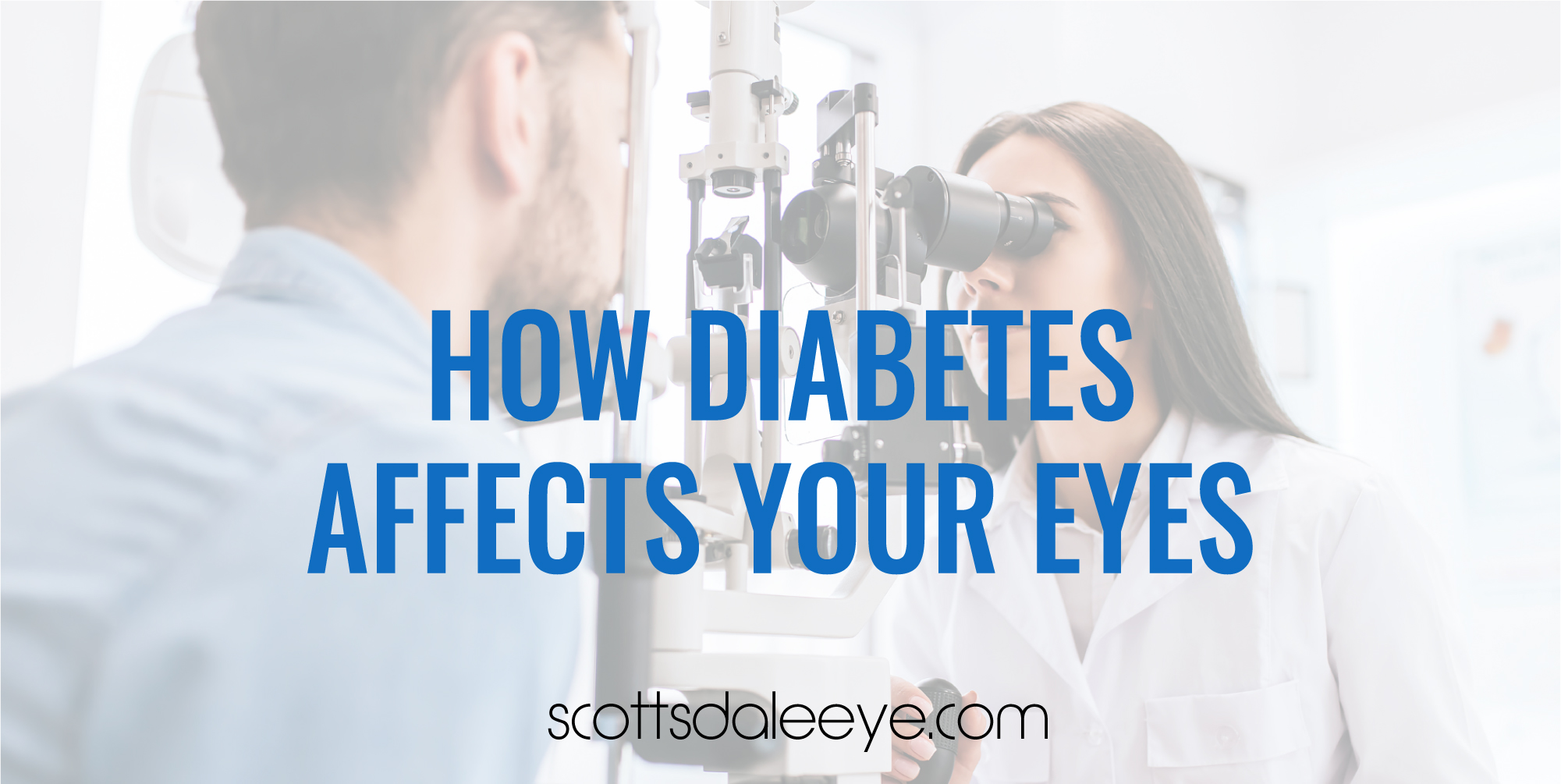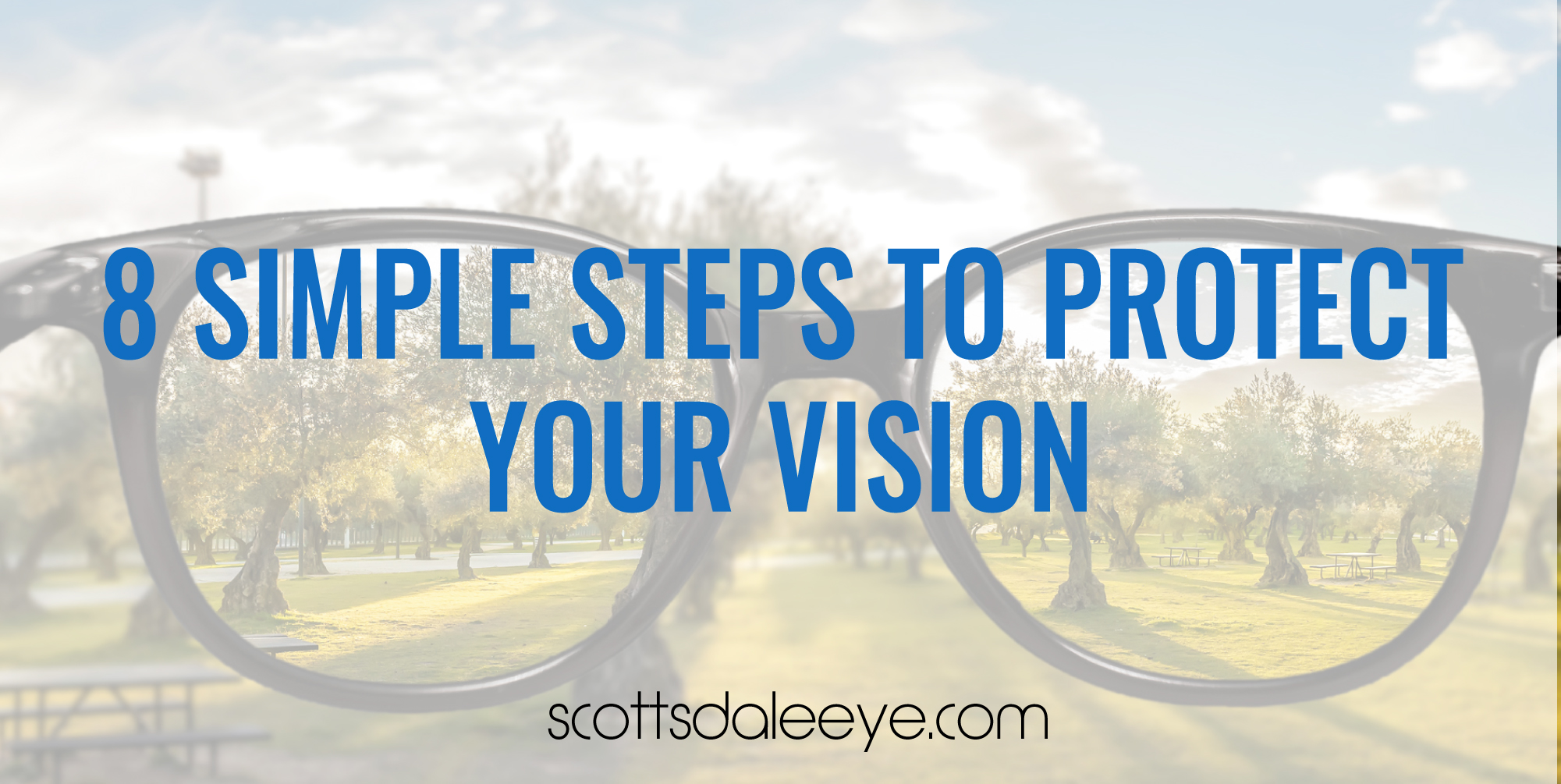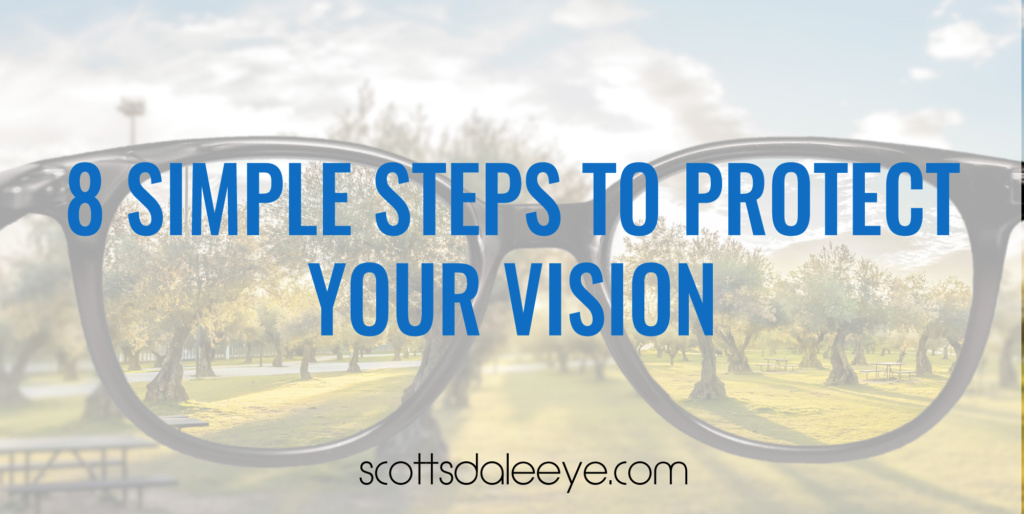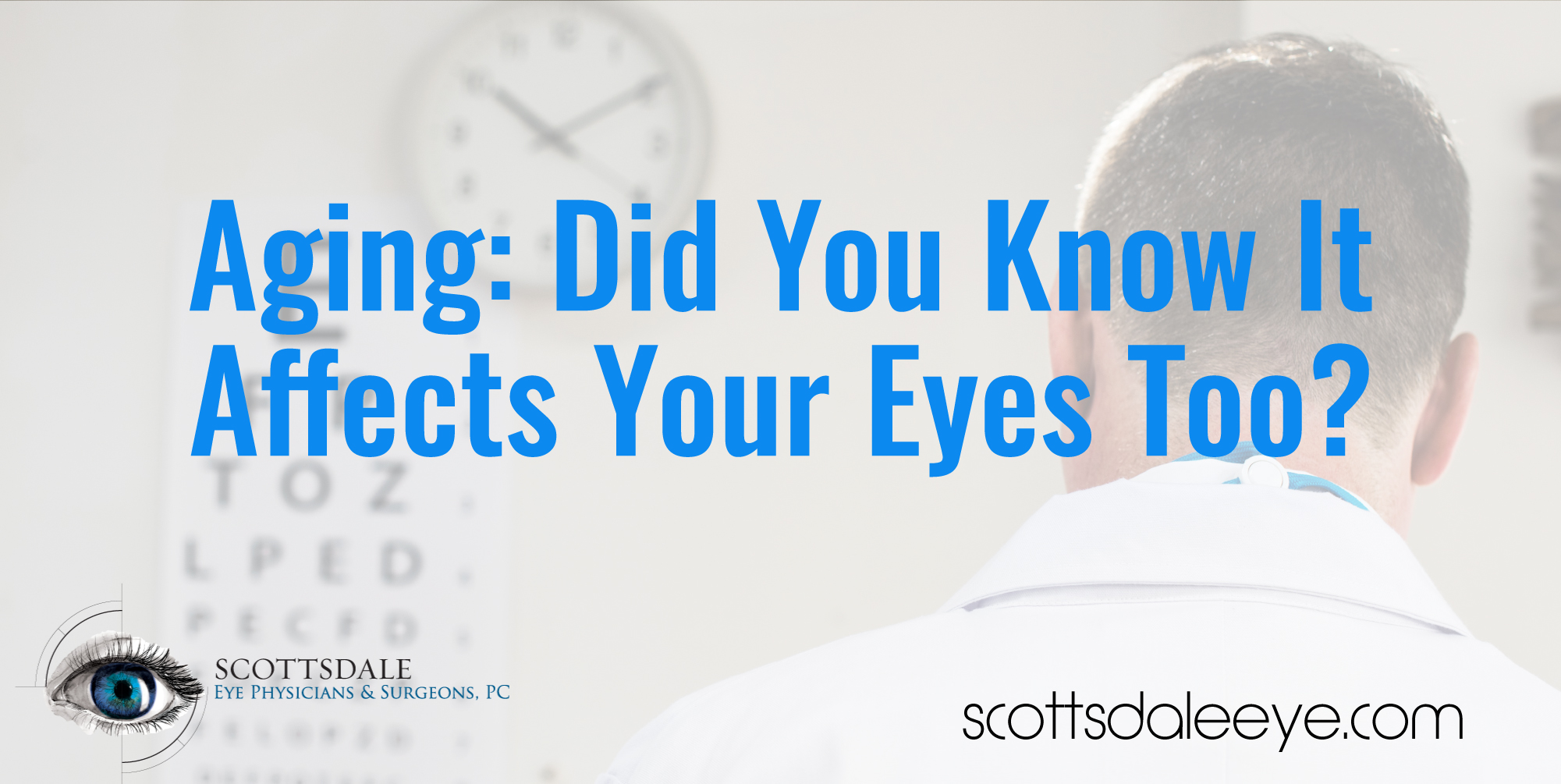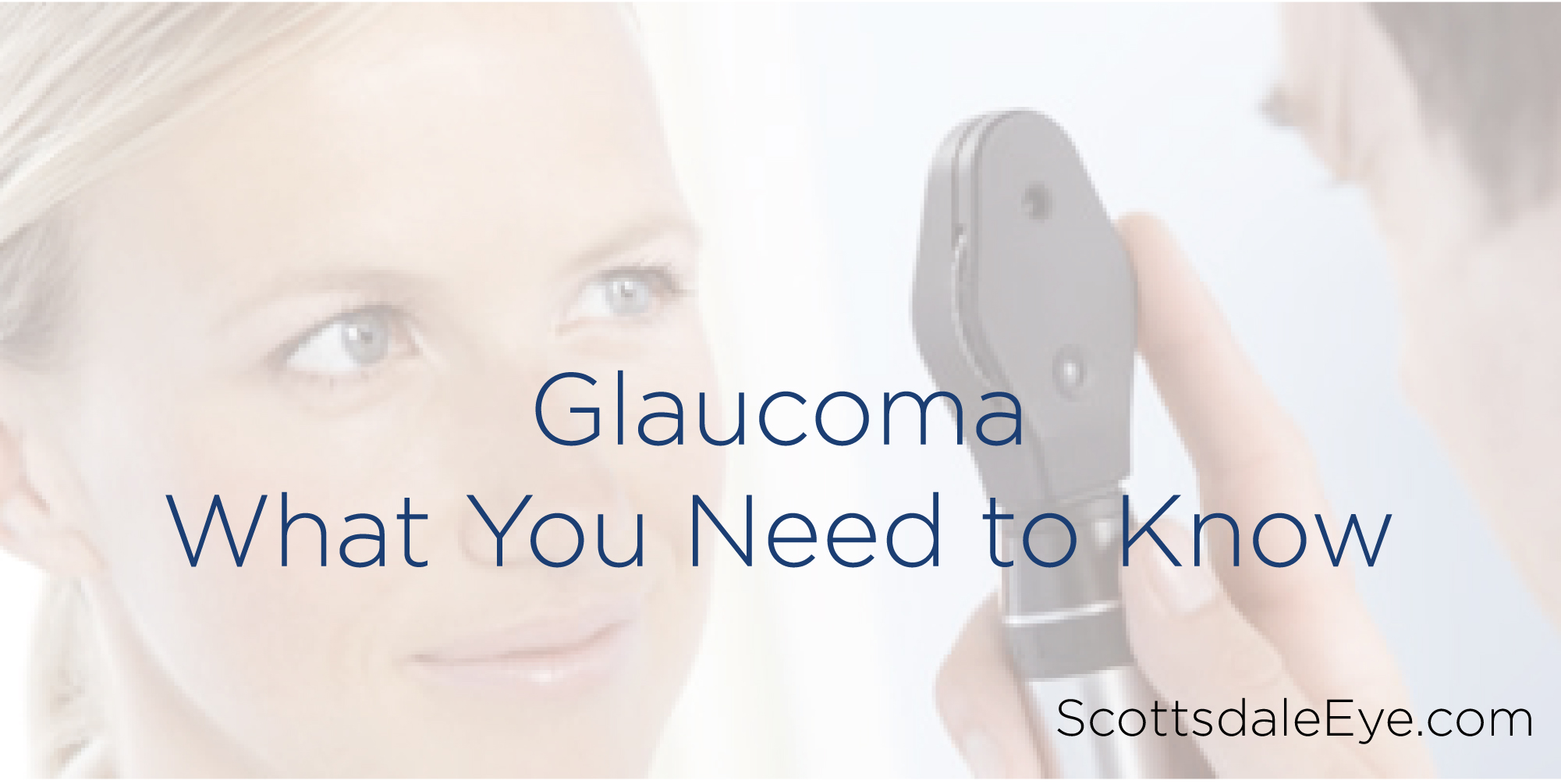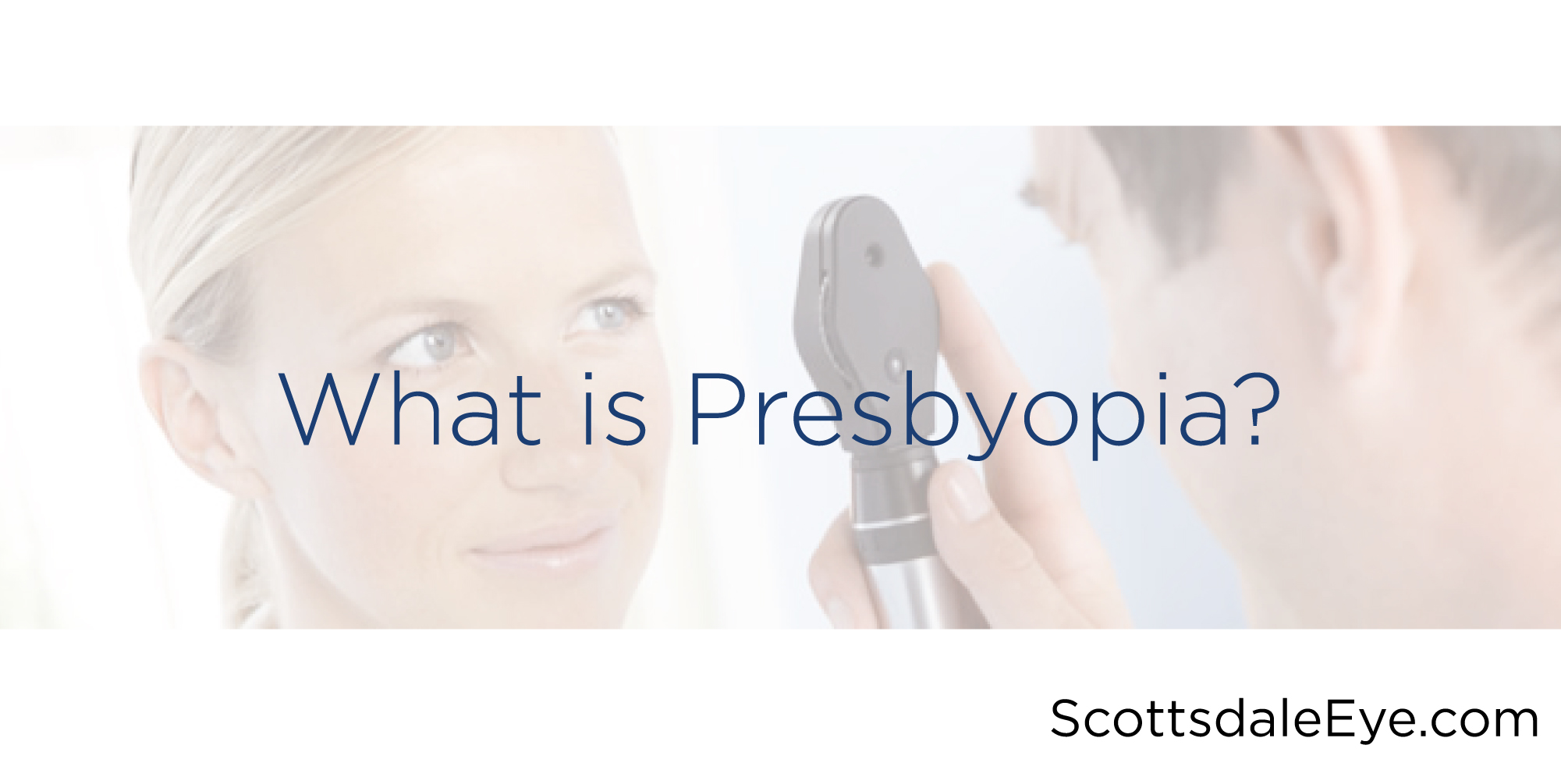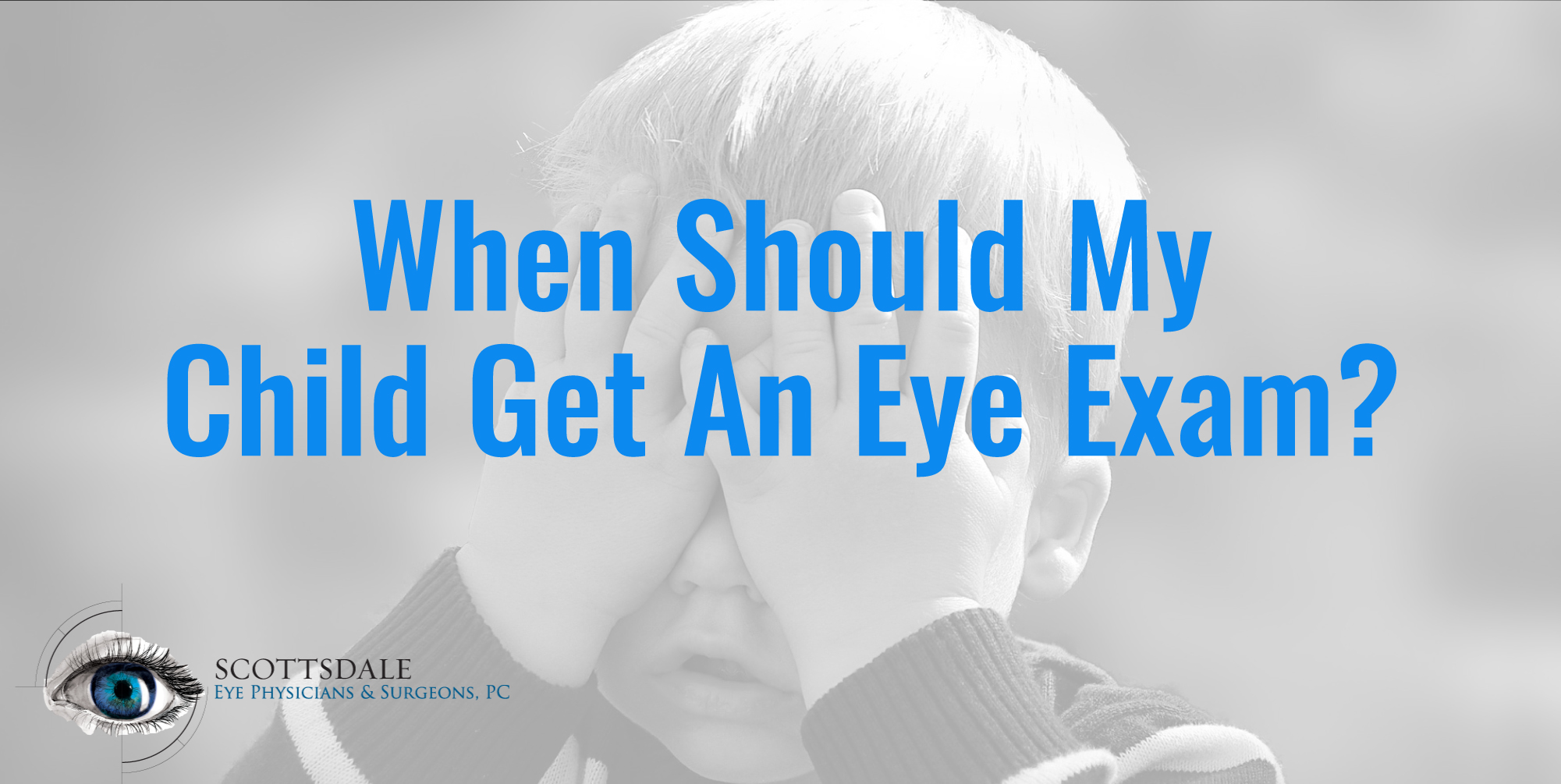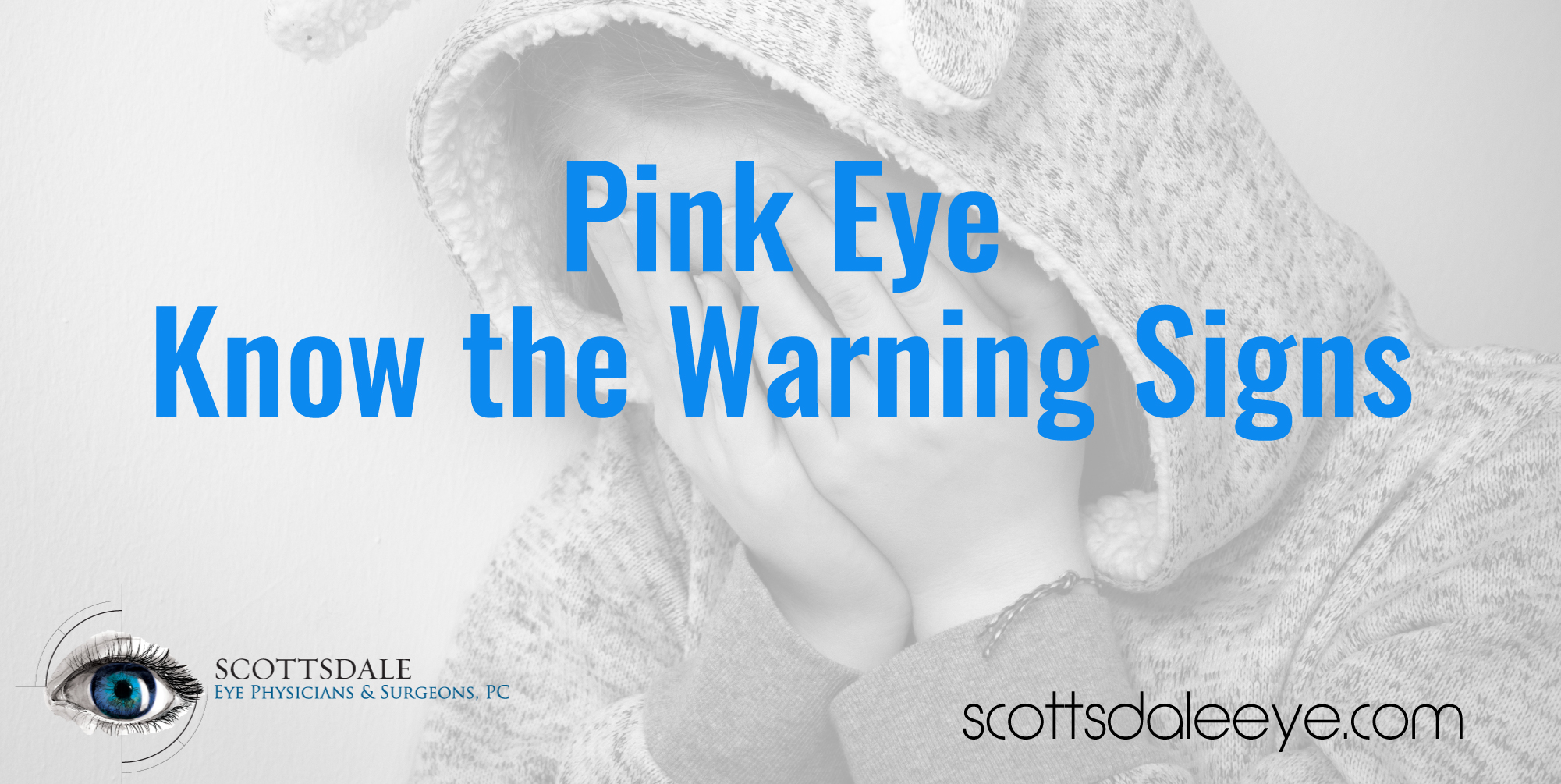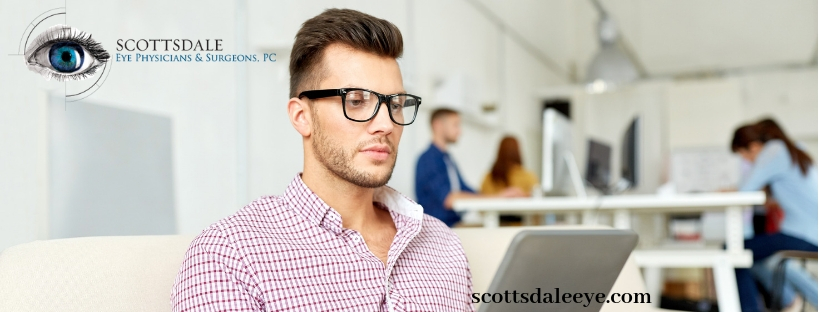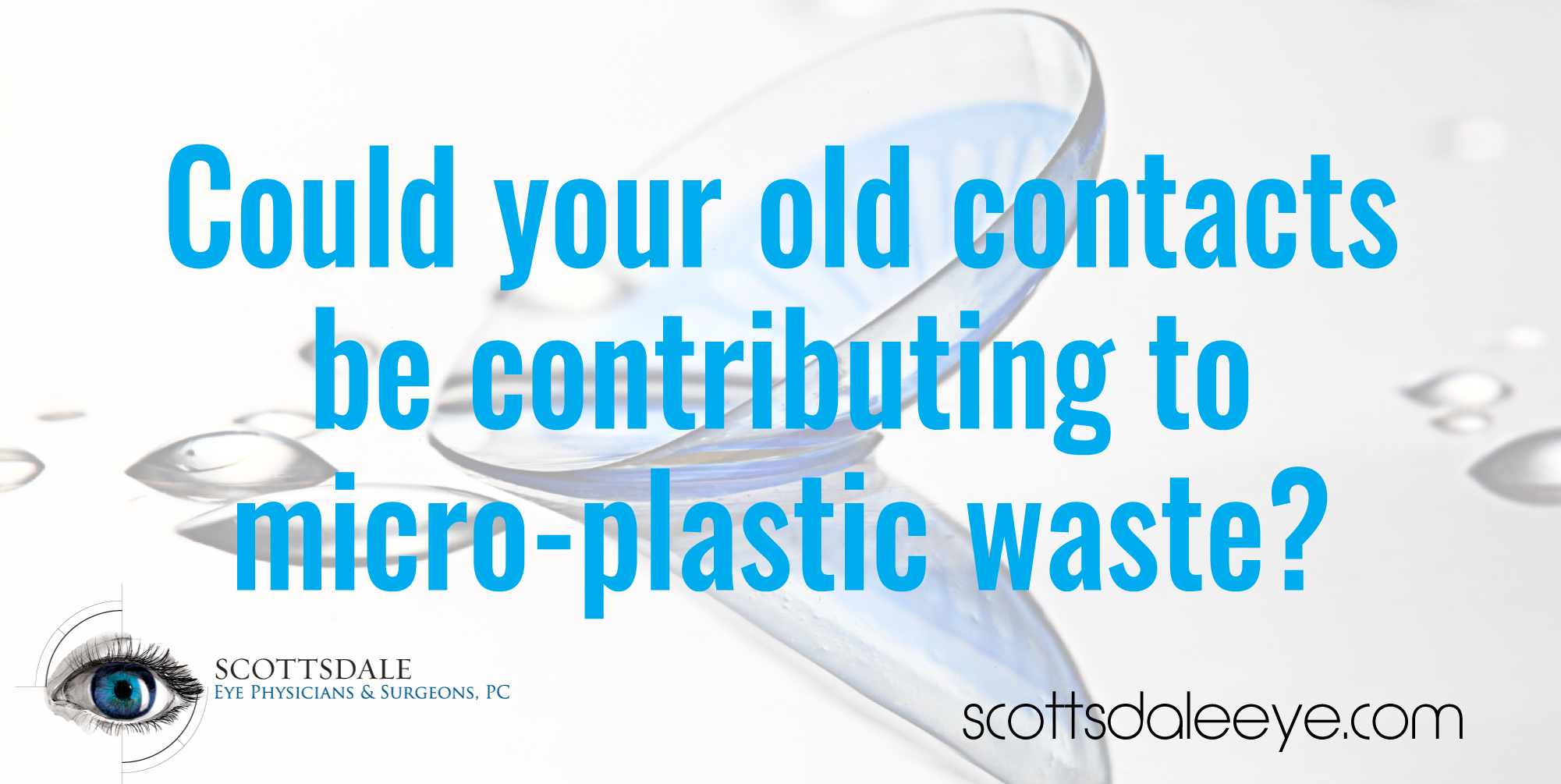Diabetes is a disease that affects the body’s ability to produce and/or use insulin in amounts sufficient to control blood sugar levels.
People with any type of diabetes can develop hyperglycemia, which is an excess of blood sugar, or serum glucose.
Although glucose is a vital source of energy for the body’s cells, a chronic elevation of serum glucose causes damage throughout the body, including the small blood vessels in the eyes.
As a result, if you have diabetes you run the risk of developing diabetic retinopathy, in which damage occurs to the delicate blood vessels inside the retina lining at the back of the eye.
You are also at increased risk for developing cataracts (clouding of the normally clear lens in the eye), or glaucoma (a disease that results in damage to the optic nerve).
Diabetic retinopathy, the most common diabetic eye disease, is caused by changes in the blood vessels of the retina. The vessel walls thicken as they absorb excess sugar. This narrows the opening in the middle of the vessel so it can’t flow as much blood, oxygen, and nutrients needed for the eye tissues.
Nonproliferative diabetic retinopathy (NPDR) is the earliest stage of diabetic retinopathy. With this condition, damaged blood vessels in the retina begin to leak extra fluid and small amounts of blood into the eye. Sometimes, deposits of cholesterol or other fats from the blood may leak into the retina.
Proliferative diabetic retinopathy (PDR) occurs when abnormal new blood vessels begin to sprout on the surface of the retina or optic nerve.
The new blood vessels are very fragile and sometimes break, leading to blindness. The new vessels are also often accompanied by scar tissue that may cause the retina to wrinkle or detach.
The good news is that tight control of the blood sugar level in diabetics can often reverse the damage and restore vision. There are several other treatments that can also help.
This article reprinted with permission from the American Academy of Ophthalmology’s EyeSmart® program (www.geteyesmart.org).

